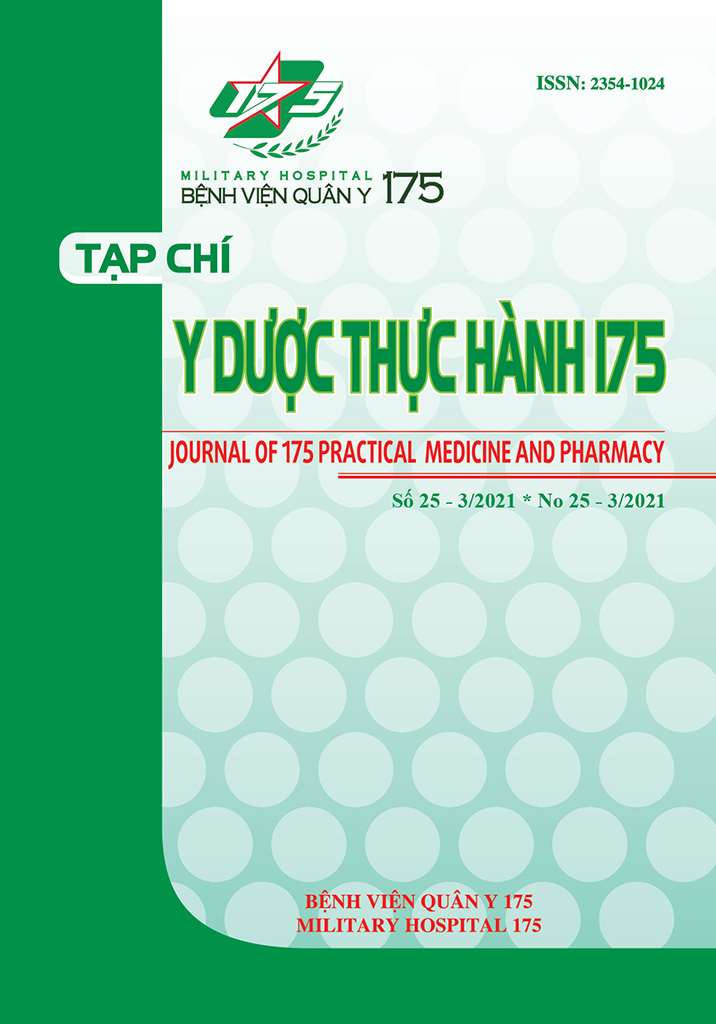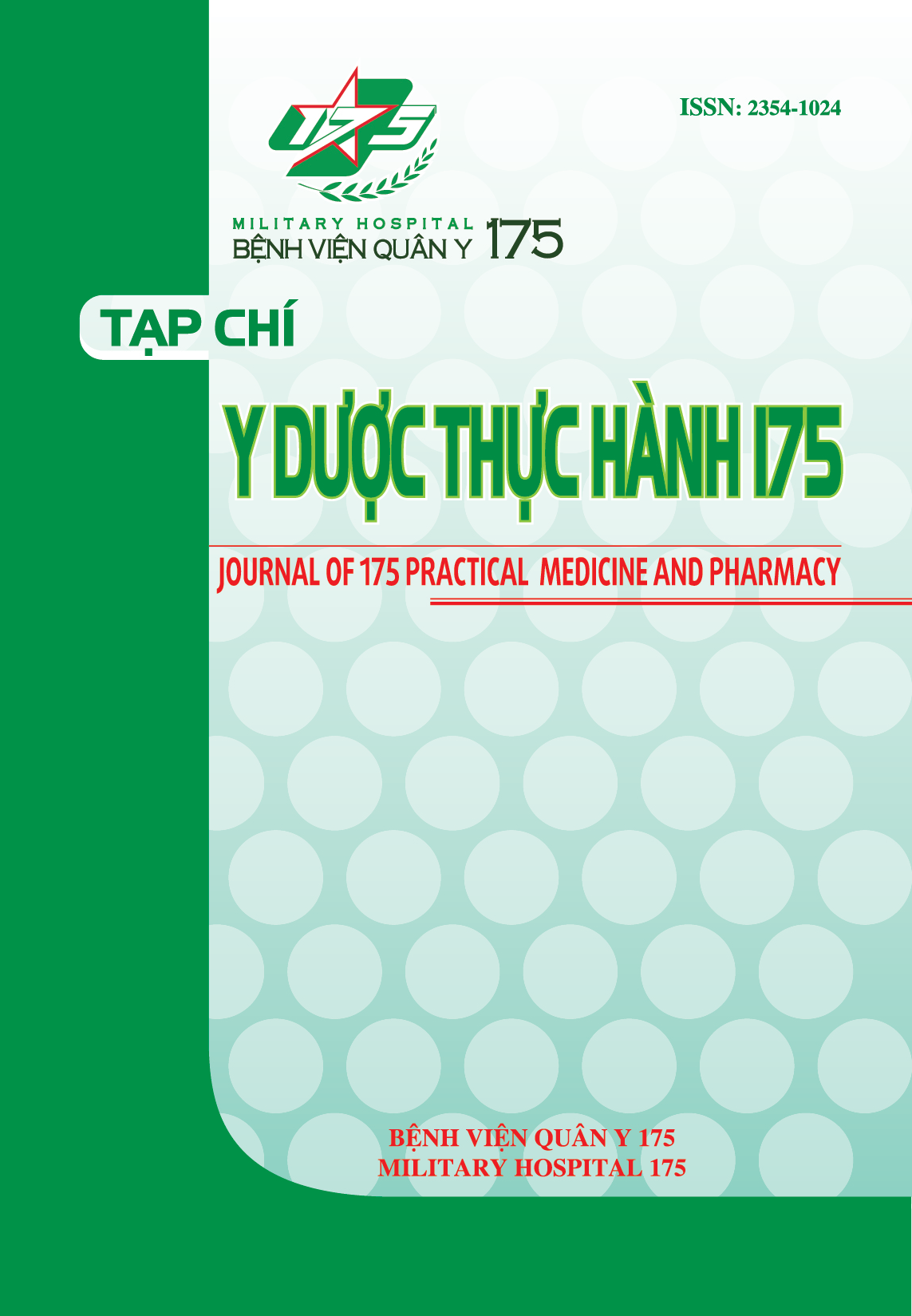CHARACTERISTICS NONALCOHOLIC FATTY LIVER DISEASE IN DYSLIPIDEMIA PATIENTS AT MILITARY HOSPITAL 175
Authors
Keywords:
Dyslipidemia, Nonalcoholic fatty liver disease, FibroScan, liver steatosis, liver stiffnessReferences
Assy N., Kaita K., Mymin D., et al. (2000). “Fatty infiltration of liver in hyperlipidemic patients”, 45 (10), pp. 1929- 1934.
Azzam H., Malnick S. J. W. j. o. h. (2015). “Non-alcoholic fatty liver disease-the heart of the matter”, 7 (10), pp. 1369.
Chalasani N., Younossi Z., Lavine J. E., et al. (2018). “The diagnosis and management of nonalcoholic fatty liver disease: practice guidance from the American Association for the Study of Liver Diseases”, 67 (1), pp. 328-357.
Detection N. C. E. P. E. P. o., Adults T. o. H. B. C. i. (2002). "Third report of the National Cholesterol Education Program (NCEP) Expert Panel on detection, evaluation, and treatment of high blood cholesterol in adults (Adult Treatment Panel III)". The Program.
Eslam M., Newsome P. N., Anstee Q. M., et al. (2020). “A new definition for metabolic associated fatty liver disease: an international expert consensus statement”.
Fabrellas N., Hernandez R., Graupera I., et al. (2018). “Prevalence of hepatic steatosis as assessed by controlled attenuation parameter (CAP) in subjects with metabolic risk factors in primary care. A population-based study”, 13 (9), pp. e0200656.
Hu Y.-Y., Dong N.-L., Qu Q., et al. (2018). “The correlation between controlled attenuation parameter and metabolic syndrome and its components in middle-aged and elderly nonalcoholic fatty liver disease patients”, 97 (43).
Karlas T., Petroff D., Garnov N., et al. (2014). “Non-invasive assessment of hepatic steatosis in patients with NAFLD using controlled attenuation parameter and 1 H-MR spectroscopy”, 9 (3), pp. e91987.
Katsiki N., Mikhailidis D. P., Mantzoros C. S. J. M. (2016). “Non-alcoholic fatty liver disease and dyslipidemia: an update”, 65 (8), pp. 1109-1123.
Vernon G., Baranova A., Younossi Z. J. A. p., et al. (2011). “Systematic review: the epidemiology and natural history of non‐alcoholic fatty liver disease and non‐alcoholic steatohepatitis in adults”, 34 (3), pp. 274-285.
Wong V. W. S., Vergniol J., Wong G. L. H., et al. (2010). “Diagnosis of fibrosis and cirrhosis using liver stiffness measurement in nonalcoholic fatty liver disease”. Hepatology, 51 (2), pp. 454-462.
Downloads
PDF Downloaded: 67










